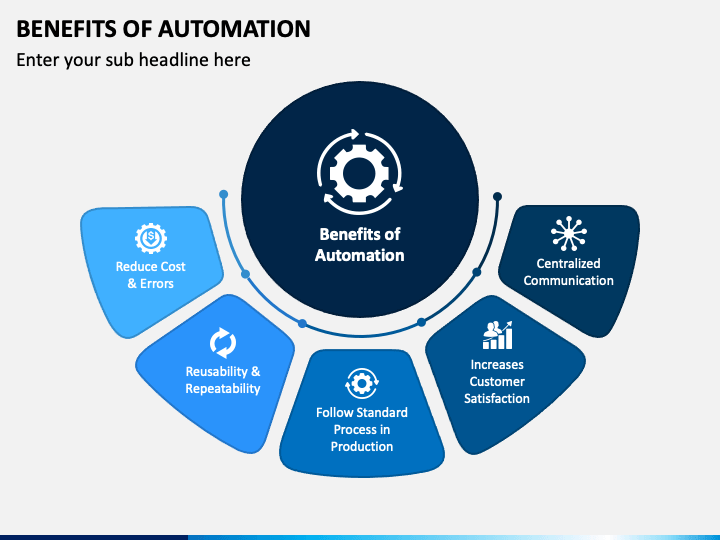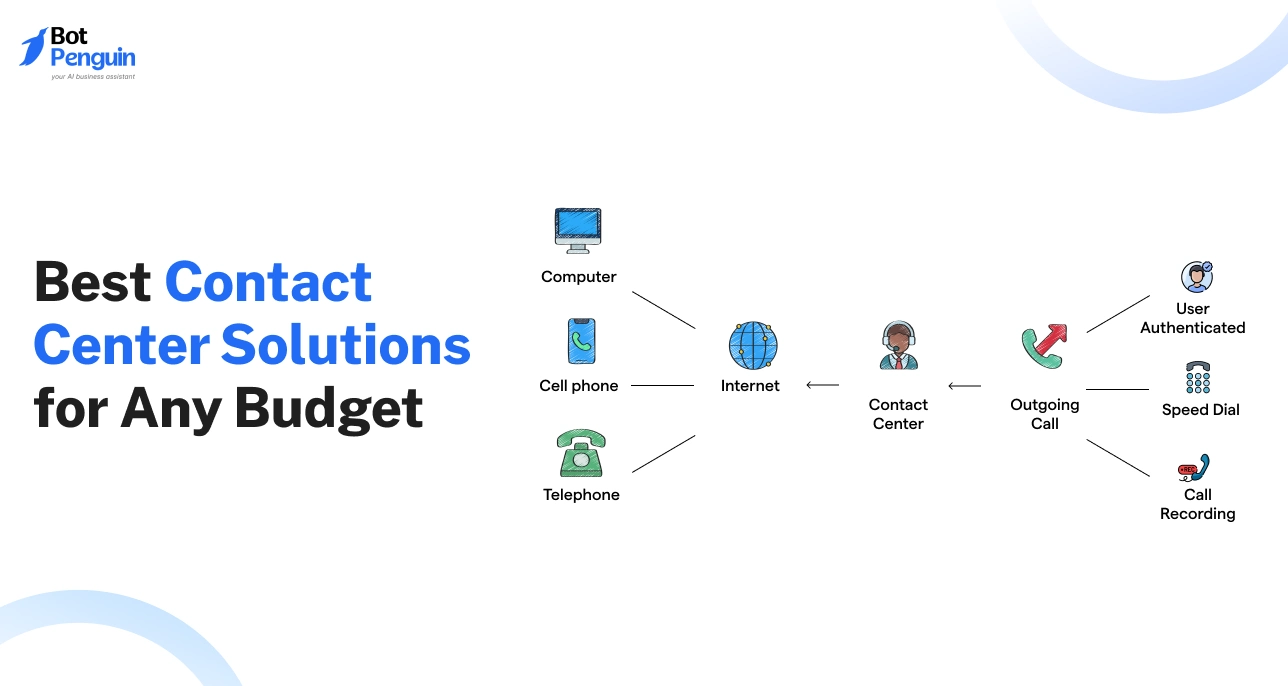Introduction to Automatization
Automatization, the process of making systems or tasks operate automatically, is akin to having a helper that performs duties without manual intervention. This technology, prevalent in devices like computers and machines, is crucial for enhancing efficiency, saving time, and reducing costs. By ensuring consistency and minimizing human error, automatization benefits individuals, businesses, and industries alike. So with this introduction, let’s learn more about automatization.
Definition of Automatization
Automatization is like having a little helper that does tasks for you automatically. It's like teaching your dog to fetch the newspaper, but for computers and machines.
- Automatization: Making things happen by themselves without needing someone to do them manually.
- Computers and Machines: Devices that can do tasks and calculations really fast, like your phone or a robot.
Importance and Benefits
Automatization is super important because it saves time and makes things more efficient. Here's why:

- Time-Saver: It frees up your time to do other stuff while the machines do the boring or repetitive work.
- Efficiency Booster: Machines don't get tired or make mistakes like humans sometimes do, so they can do things faster and more accurately.
- Cost Cutter: By automating tasks, you can save money on hiring people to do those jobs.
- Consistency: Machines do things the same way every time, which helps maintain quality and reliability.
Types of Automatization
The types of automatization are the following:
Process Automation
Process automation is like setting up a line of dominos. Once you push the first one, they all fall in a sequence without needing you to touch each one. It's about making tasks flow smoothly from one to the next without manual intervention.
- Task Sequencing: Imagine a chef preparing a recipe. With process automation, each step of the recipe happens automatically, like mixing ingredients or setting timers, without the chef having to do everything by hand.
- Workflow Streamlining: In offices, process automation can help with things like approving expenses or routing documents, making sure they go to the right person at the right time without anyone having to chase them down.
- Data Entry: Instead of typing information into a computer, process automation can extract data from documents or emails and input it automatically into databases or spreadsheets.
Suggested Reading : Chat Automation
Process automation is all about making things flow smoothly and efficiently, like a well-oiled machine.
Robotic Automation

Robotic automation is like having a little robot friend that can do physical tasks for you. These robots can have arms, wheels, or even wings, and they're programmed to do specific jobs without needing constant supervision.
- Manufacturing: In factories, robots can assemble products on an assembly line, weld pieces together, or even pack items into boxes for shipping.
- Warehousing: Robots can also help in warehouses by moving heavy boxes around, sorting items, or even delivering goods to different parts of the warehouse.
- Cleaning: Have you ever seen those little robots that vacuum floors all by themselves? That's robotic automation in action, making sure your floors stay clean without you having to lift a finger.
Robotic automation is like having your own personal helper that can do all the physical tasks you don't want to do yourself.
The 5W's of Automatization
There are five W’s of automatization that includes - Who, What, When, Where, and Why. So let’s check each one of them.

Who Benefits from Automatization?
Automatization benefits everyone, from individuals to large organizations. Here's who gets the most out of it:
- Individuals: People can save time and effort by automating tasks like bill payments, email sorting, or even home chores like vacuuming.
- Businesses: Companies can increase efficiency and reduce costs by automating processes such as invoicing, inventory management, or customer service.
- Industries: Entire industries, like manufacturing, transportation, or healthcare, can benefit from automatization by streamlining operations and improving productivity.
What Processes Can Be Automated?
Almost any repetitive or rule-based task can be automated. Here are some examples:
- Data Entry: Inputting information into spreadsheets or databases.
- Customer Support: Responding to common inquiries or routing calls to the right department.
- Inventory Management: Tracking stock levels and reordering supplies when needed.
- Email Filtering: Sorting emails into folders or forwarding them to the appropriate person.
When to Implement Automatization?
Automatization can be implemented whenever it makes sense to do so. Here are some scenarios:
- High Volume Tasks: When there are a lot of repetitive tasks that take up too much time.
- Error-Prone Processes: If manual processes result in frequent mistakes or inconsistencies.
- Scaling Operations: When businesses grow and need to handle larger volumes of work without increasing resources.
- Emergencies: During crises or unexpected events, automatization can help maintain continuity and efficiency.
Suggested Reading : Ecommerce Automation
Where is Automatization Implemented?
Automatization can be implemented in various places, including:
- Offices: Automating administrative tasks like data entry, document routing, or scheduling.
- Factories: In manufacturing, automating assembly lines or quality control processes.
- Warehouses: Using robots to move and sort inventory or manage logistics.
- Homes: With smart home devices, automating tasks like thermostat control, lighting, or security.
Suggested Reading : Warehouse Automation
Why is Automatization Essential?
Automatization is essential for several reasons:
- Efficiency: It saves time and resources by completing tasks faster and more accurately.
- Cost-Effectiveness: Reducing the need for manual labor can lower operational costs for businesses.
- Scalability: Automatization allows organizations to scale their operations without significantly increasing overhead.
- Quality and Consistency: Automated processes ensure uniformity and reduce the risk of human error.
Frequently Asked Questions (FAQs)
What is automation and how does it benefit businesses?
Automation involves technology to perform tasks without human intervention, leading to increased efficiency, accuracy, and cost savings for businesses.
What are some common applications of automation in everyday life?
Automation is widespread in everyday life, from manufacturing, home appliances, virtual assistants to online customer service chatbots.
How does automation influence the job market and employment?
Automation can lead to job displacement but also creates new opportunities that require advanced technical skills and adaptation in the workforce.
What are the risks associated with the increased use of automation?
Risks include heightened cybersecurity threats, job losses in certain sectors, and ethical concerns regarding decision-making by machines.
Can automation improve workplace safety and productivity?
Yes, automation can significantly boost workplace safety by handling dangerous tasks and enhance productivity through consistent and rapid task completion.


